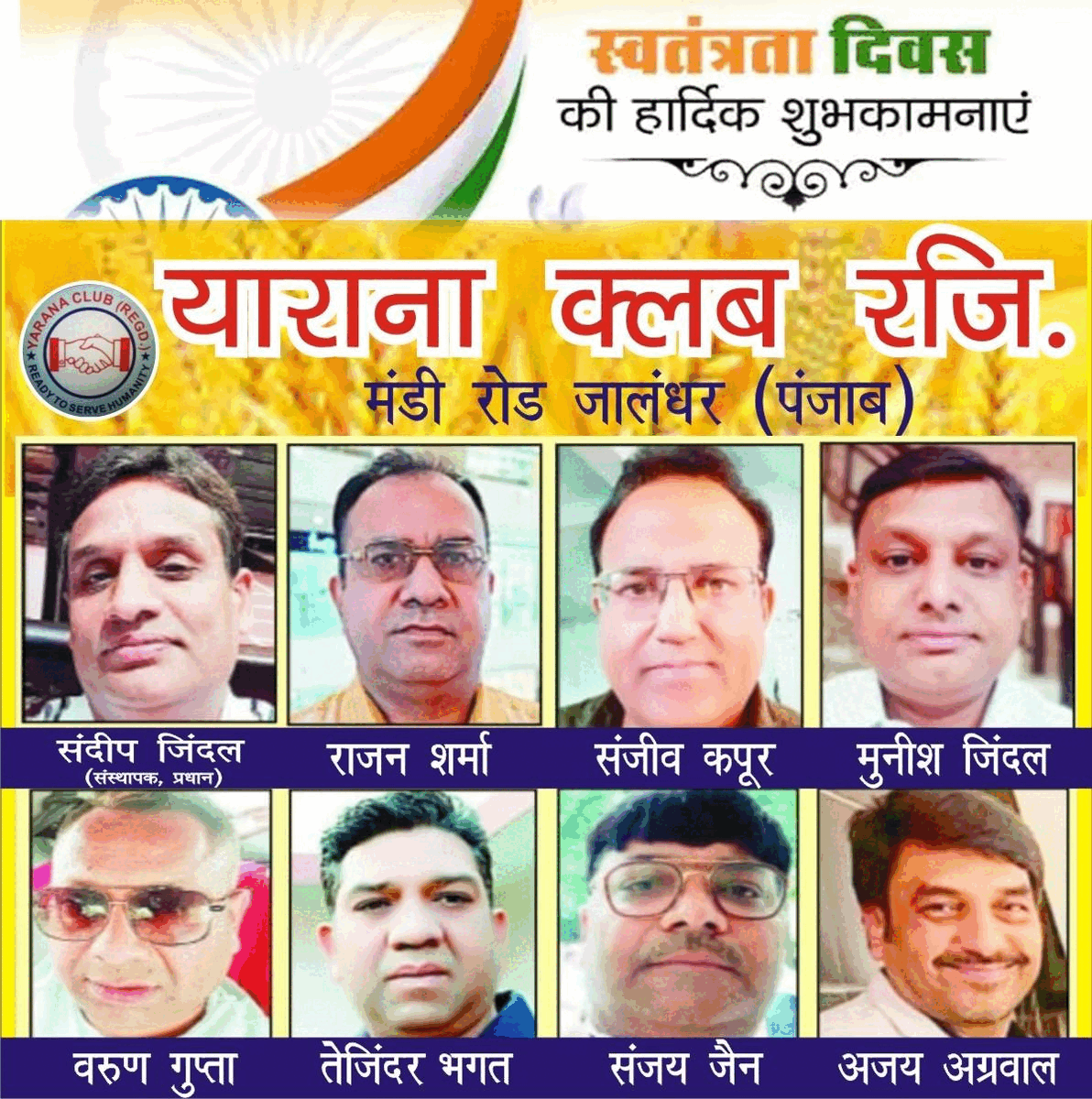A.P.J. Abdul Kalam: An Icon of Hope and Hurdles
**Dr. A.P.J. Abdul Kalam: The Missile Man of India and People’s President**

Dr. Avul Pakir Jainulabdeen Abdul Kalam, known to the world as A.P.J. Abdul Kalam, was a man of humble beginnings who rose to become one of India’s most celebrated scientists and the 11th President of the country. His life and work continue to inspire millions not just in India but across the globe. In this article, we will explore the incredible journey of this visionary scientist, the significant contributions he made to India’s defense and space programs, and his lasting impact on the nation and the world.
**Early Life and Education**
Born on October 15, 1931, in Rameswaram, a small town in Tamil Nadu, Dr. Kalam’s childhood was marked by financial struggles. His family lived in a modest house, and he supported his family by selling newspapers. Despite these challenges, young Abdul Kalam exhibited an insatiable curiosity and a passion for learning. He completed his education at the Schwartz Higher Secondary School and later joined the St. Joseph’s College in Tiruchirappalli, where he pursued a degree in physics.
Kalam’s journey from a newspaper seller to the President of India is a testament to his unyielding determination and dedication to education. He went on to study aerospace engineering at the Madras Institute of Technology and graduated in 1954.
**Pioneering Work at ISRO and DRDO**
Dr. Kalam’s career as a scientist began at the Indian Space Research Organisation (ISRO) in 1962. He was intimately involved in India’s early efforts to develop its satellite launch vehicle program. His work on the Satellite Launch Vehicle (SLV) and Rohini Satellite earned him recognition in the scientific community. Kalam’s innovative ideas and dedication laid the foundation for India’s future space endeavors.
In 1982, Kalam took on a new challenge at the Defense Research and Development Organization (DRDO) as the Director of the Integrated Guided Missile Development Program (IGMDP). Under his leadership, India made significant strides in developing indigenous missile technology. The successful development of missiles like Prithvi, Agni, and Akash positioned India as a major player in missile technology.
Dr. Kalam’s contributions to India’s defense capabilities earned him the nickname “Missile Man of India.” He was a driving force behind the development of ballistic missile technology and was instrumental in establishing India’s strategic missile systems.
**The Visionary Scientist and His Philosophy**
Dr. Abdul Kalam was not just a scientist but also a visionary. He believed that science and technology could be harnessed for the benefit of society, particularly in addressing the challenges faced by India. His “Pura” (Providing Urban Amenities in Rural Areas) concept aimed to bridge the gap between rural and urban areas by providing basic amenities and improving the quality of life in rural India. His vision was not just about technological advancements but also about the social and economic development of the nation.
Kalam’s simple yet profound philosophy was to “dream, dream, dream.” He encouraged young minds to dream big and set ambitious goals. He often spoke to students and urged them to have a clear vision and to work tirelessly to achieve their dreams. His motivational speeches and interactions with young people left an indelible mark on countless lives.
**Presidential Stint and People’s President**
In 2002, Dr. A.P.J. Abdul Kalam was elected as the President of India, a role that is largely ceremonial in nature. However, he redefined the presidency and made it a more accessible and interactive institution. During his tenure, he traveled extensively across the country, interacting with students, scientists, and ordinary citizens. He became known as the “People’s President” due to his approachability, humility, and genuine concern for the well-being of the nation.
Dr. Kalam used his presidential platform to address issues close to his heart, such as education, youth development, and the importance of science and technology. He continued to inspire and guide the nation, especially the youth, to strive for excellence and to make India a global technological leader.
**Legacy and Global Impact**
Dr. Kalam’s legacy extends far beyond his scientific and political achievements. He remains an iconic figure in India and an inspiration to countless individuals worldwide. His life story is a testament to the power of education, perseverance, and the unwavering belief that one can overcome adversity and achieve greatness.
One of his most notable contributions was in the field of education. Dr. Kalam strongly believed that education had the potential to transform individuals and society. After retiring from the presidency, he returned to a life of teaching and mentoring. He continued to engage with students and educators, emphasizing the importance of imparting values along with knowledge.
His book “Wings of Fire,” an autobiography, is a bestseller and has inspired readers from all walks of life. In this book, he shares his personal journey and the hardships he faced, which makes it a compelling read for anyone aspiring to achieve greatness.
**Remembering Dr. Kalam**
On July 27, 2015, India and the world mourned the loss of Dr. A.P.J. Abdul Kalam. He passed away while doing what he loved most, addressing students at the Indian Institute of Management Shillong. His passing left a void in the hearts of millions, but his legacy lives on. Tributes poured in from all corners of the world, with leaders, scientists, and ordinary citizens expressing their gratitude for his contributions to society.
In his honor, several institutions, awards, and initiatives have been named after him. The “Kalam Effect” continues to inspire young scientists, engineers, and leaders to strive for excellence and to contribute to the betterment of society.
**Conclusion**
Dr. A.P.J. Abdul Kalam’s life and work are a source of inspiration for people of all ages. His remarkable journey from a small town to the highest office in the land, and his tireless dedication to science and education, have left an indelible mark on the collective consciousness of India. His legacy lives on, not just in the technological advancements he spearheaded but in the hearts of millions who continue to draw inspiration from his life, philosophy, and vision. Dr. Kalam’s enduring message to “dream, dream, dream” continues to echo, encouraging us all to reach for the stars and make the world a better place.
—
This article is a tribute to the remarkable life and contributions of Dr. A.P.J. Abdul Kalam, covering various aspects of his life, work, and legacy.









